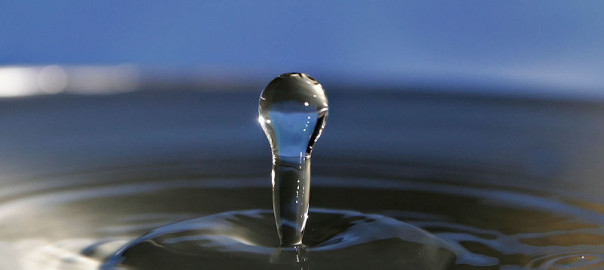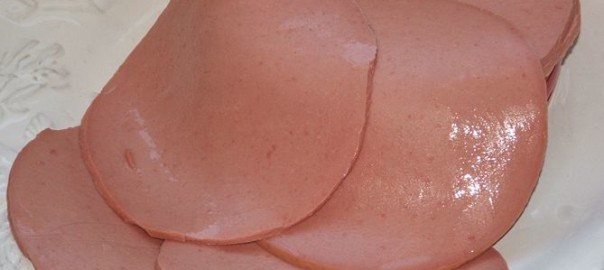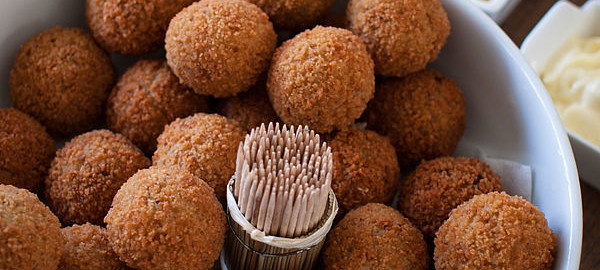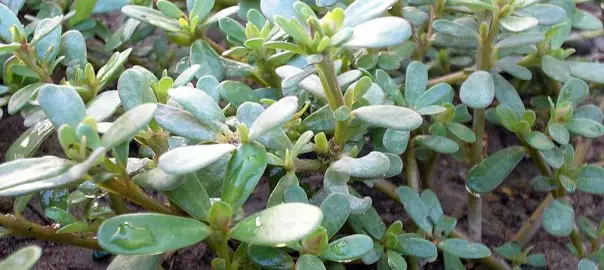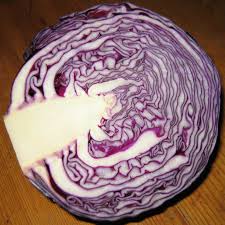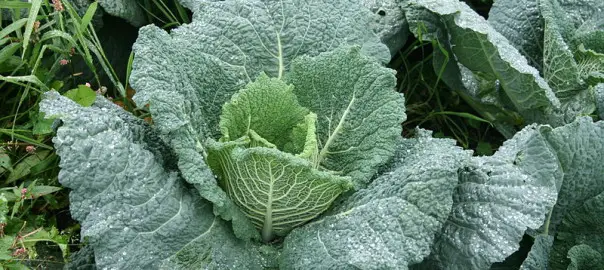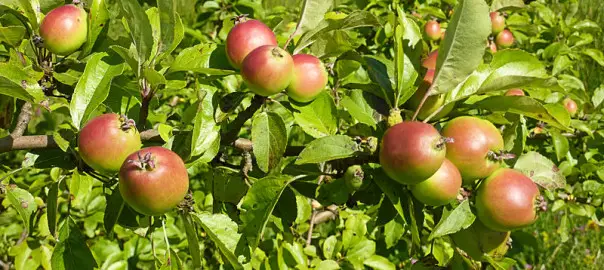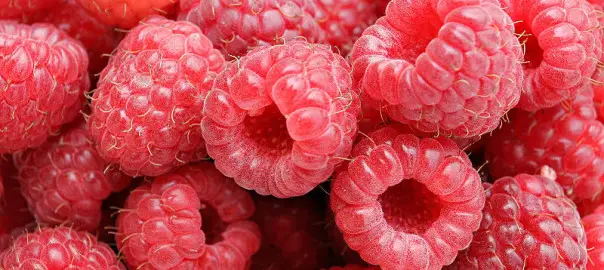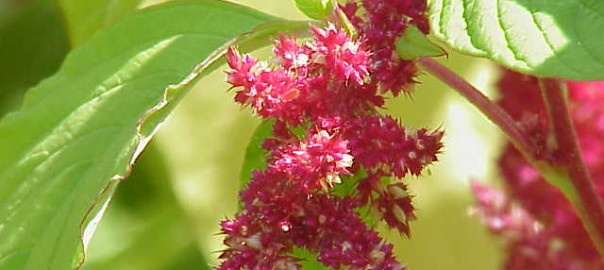Also known as verdolaga, pigweed, little hogweed, or pursley, and moss rose, purslane is a plant reach have smooth, reddish, mostly prostrate stems and alternate leaves clustered at stem joints and ends. It can also reach 40 cm in height.
Can Guinea Pigs eat Purslane?
Can guinea pigs eat purslane, if they can how much can they eat?
Let’s take a look at its nutritional data and find out more.
In particular, its acidic, water, sugar, fat, salt, calcium and phosphorus content is of most interest as far as piggies are concerned.
image wikipedia
Purslane, raw
Nutritional value per 100 g (3.5 oz)
Energy 84 kJ (20 kcal)
Carbohydrates 3.39 g
Fat 0.36 g
Protein 2.03 g
Water 92.86 g
Vitamin A 1320 IU
Thiamine (vit. B1) 0.047 mg (4%)
Riboflavin (vit. B2) 0.112 mg (9%)
Niacin (vit. B3) 0.48 mg (3%)
Vitamin B6 0.073 mg (6%)
Folate (vit. B9) 12 μg (3%)
Vitamin C 21 mg (25%)
Vitamin E 12.2 mg (81%)
Calcium 65 mg (7%)
Iron 1.99 mg (15%)
Magnesium 68 mg (19%)
Manganese 0.303 mg (14%)
Phosphorus 44 mg (6%)
Potassium 494 mg (11%)
Zinc 0.17 mg (2%)
source wikipedia
As you can see purslane contains a little calcium, phosphorus, a is a little acidic, it also contains a hint of fat.
The vitamin c content is also very good.
With this in mind guinea pigs can eat common purslane but only once or twice a week due to its phosphorus, calcium and acidic content.
For more foods that guinea pigs can and can’t eat, check out our guinea pig food list.
